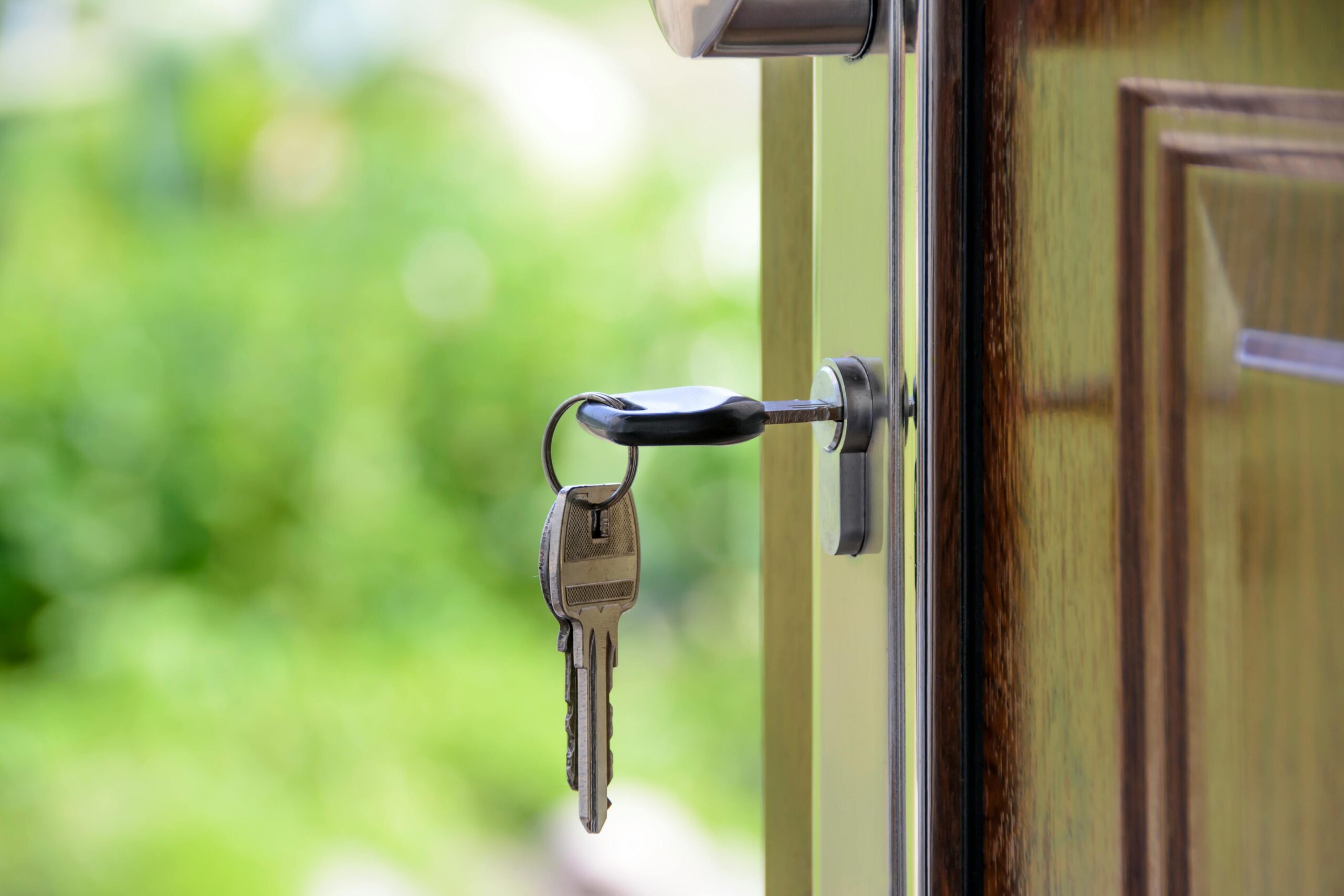Your front door is the primary entry point to your home and often the first line of defense against intruders. While many homeowners focus on alarm systems and security cameras, the physical strength of your entry doors and locks remains fundamental to home protection. This article explores the key features of secure entry doors, various types of deadbolt locks, the importance of quality strike plates, and practical methods to reinforce your existing doors without a complete replacement.
Understanding Secure Entry Door Features
A truly secure entry door combines multiple elements that work together to resist forced entry. High-quality home security doors are typically constructed from solid materials such as solid wood, steel, or fiberglass with a solid core. Steel doors offer excellent durability and resistance to kicking, while fiberglass options provide good security with added benefits of weather resistance and insulation. The thickness of the door matters significantly—opt for doors that are at least 1¾ inches thick for exterior entrances.
Frame construction is equally important as the door itself. A secure entry door installed in a weak frame defeats the purpose of your security investment. Look for frames made of solid hardwood or reinforced steel that extend deep into the wall structure. The hinges should be heavy-duty and installed with screws at least 3 inches long that anchor into the structural framing of the house, not just the door frame.
Glass elements in doors can be beautiful but may compromise security if not properly reinforced. If your door design includes glass, consider laminated security glass or glass reinforced with security film that prevents shattering upon impact. Position any glass elements away from the lock mechanism to prevent intruders from breaking the glass and reaching inside to unlock the door.
Choosing the Best Deadbolt Lock for Your Home
When it comes to door locks, not all are created equal. The best deadbolt lock extends at least one inch into the door frame when locked, creating a strong resistance against forced entry. Grade 1 deadbolts, as rated by the American National Standards Institute (ANSI), offer the highest level of residential security and are worth the additional investment over lower-grade options.
Single-cylinder deadbolts require a key on the outside and have a thumb-turn on the inside. These are common and convenient but can be compromised if an intruder has access to the thumb-turn through a window. Double-cylinder deadbolts require keys on both sides, offering enhanced security but potentially creating a safety hazard during emergency exits. Smart deadbolts bring technological advantages with keyless entry options, remote locking capabilities, and integration with home security systems, though they should always maintain physical security standards equivalent to traditional locks.
According to security experts at AskHomey, locksets that feature anti-pick, anti-bump, and anti-drill protections can significantly enhance your door’s resistance to common burglary techniques. These advanced features may not be visible but provide crucial protection against sophisticated break-in methods.
The Critical Role of Strike Plates
The strike plate—the metal plate on the door frame that receives the lock bolt—is often overlooked in home security discussions yet remains critical. Standard strike plates that come with many locks are flimsy and attached with short screws that anchor only into the door jamb. To reinforce door security effectively, replace the standard plate with a high-security strike plate that extends several inches along the door frame.
These reinforced strike plates should be installed using 3-inch or longer screws that penetrate through the door jamb into the structural framing. This simple upgrade dramatically increases the force required to kick in a door, turning what might be a quick forced entry into a difficult, time-consuming, and noisy proposition that most intruders would rather avoid.
Practical Ways to Reinforce Existing Doors
Not everyone can afford to replace their doors with high-security alternatives, but several cost-effective methods exist to reinforce door security with your current setup. Door reinforcement kits typically include metal plates that strengthen the area around the lock and strike plate, significantly increasing kick-in resistance. These kits are relatively inexpensive and can be installed by most homeowners with basic tools.
Door barricades or security bars provide additional protection by bracing against the floor, making forced entry extremely difficult. Some models are permanently installed while others can be quickly positioned when needed and removed when not in use. For sliding doors, which are particularly vulnerable, security bars that fit in the track can prevent the door from being forced open.
Hinge reinforcement is another often-neglected aspect of door security. If your door opens outward, the hinges are exposed to the outside, creating a potential vulnerability. Security hinges or hinge pins that cannot be removed when the door is closed are essential upgrades for outward-opening doors. For inward-opening doors, longer screws in the hinges that reach the structural framing provide additional strength against ramming attacks.
For more tips and to connect with reliable home service professionals, follow AskHomey on Facebook and Instagram.



